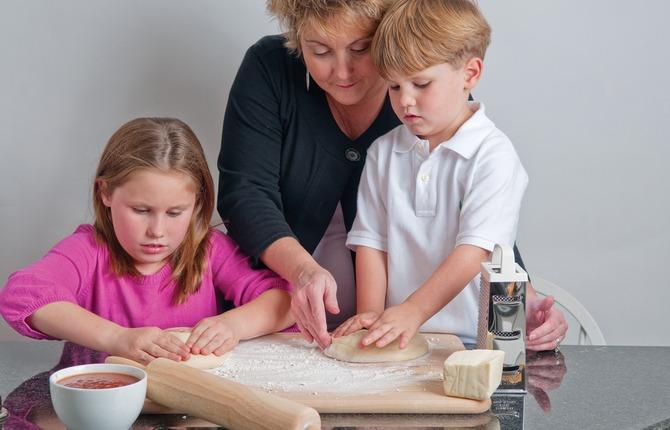
Helping boys and girls learn together
There are no hard and fast rules to learning, but there are often gender differences based on our physiology and evolutionary/cultural heritage. These differences need to be accommodated if we want our children to develop to their true potential.Three keys to learning include: having a desire to learn and improve, believing that one can do that in school, and seeing evidence that one is learning.
Cognitive-Kinesthetics is an approach to learning that any parent can use to help students engage more deeply in what they learn and create the neural pathways that are necessary for understanding and remembering. It also fosters a tremendous creativity and the social skills necessary for productive collaborative work with others who may have a different learning style.
Cognitive-Kinesthetics involves four modes of learning:
Movement – We have seen how powerful kinesthetics can be for the male brain with its heavy neural wiring for movement; many boys find it hard to sit still in class and have a primal attraction for things like moving objects and video games. This can be true for girls as well, but for them there is an added benefit. Use of movement in a classroom setting encourages them to take risks with their bodies in a safe setting and helps them trust their own judgments with more confidence.
Play – I use the term endorphinal release to describe the chemical changes that occur in our bodies when we have the opportunity to be playful and experience joy in an activity. It is tremendously powerful and forms the physiological base for our pursuit of those things we have passion for. It is a powerful learning tool and if used in classroom in the form of a game or creative pursuit, giving boys positive, cooperative ways to achieve the testosterone blasts they desire, while helping girls build the relationships they need to release oxytocin, but doing that in ways that reinforce their individual efficacy and self-worth.
Experiential Imagining – This is allowing students to use their bodies imaginatively to experience ideas and concepts in ways beyond listening to a teacher describe them. For example, in one type of cognitive-kinesthetic exercise students may be asked to represent the area of a triangle with their bodies and then describe what they are showing.
This requires a great deal more thought than just copying down a definition in the notebook and better prepares students to use the knowledge they are gaining in other ways. Boys’ intuitively like this approach. Girls like it because it allows them to use their natural strengths in language to describe something they have imaginatively created. So what happens is that the students help each other in a collaborative fashion and develop social-emotional skills.
Creating Stories Around Learning – Stories are the structures which we use daily to help us understand our lives. Saying “You’re going to need this when you grow up” is not a powerful enough story for anyone to put their best efforts forth. However, if you use activities that leverage the movement, play and imaginative experience described above, you can help students create stories around any content, concept or skill that means something to them. When that happens, you are no longer pushing children to learn; rather, they are pulled by a passion to learn.
In the end, sustained, effective learning is all about passion. Too many places where children go to learn do not engender this passionate approach to learning and the results are disengagement, boredom, and underachievement.
Edmond J. Dixon is the creator of KEEN 5X, a series of learning strategies designed to help children succeed in school. Contact ed@keenforlearning.org







